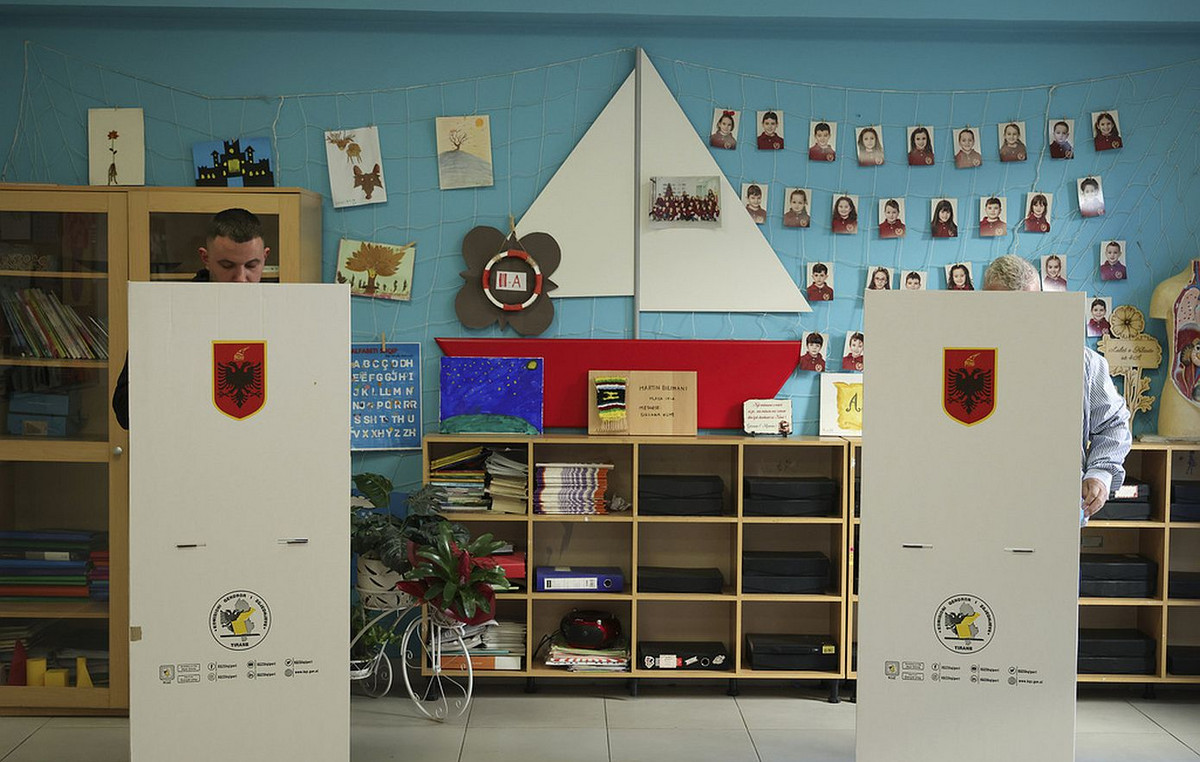Brazil bought fewer foreign products in the first half of this year, but paid more for the acquisitions made, according to data from the Foreign Trade Indicator (Icomex) released this Friday (15) by the Getulio Vargas Foundation (FGV).
The biggest jumps occurred in the prices of imports from the extractive industry, up 117.5% from January to June 2022 compared to the same period in 2021, but there were also increases in the value of items imported by the manufacturing industry (26.0%). and by agriculture (18.0%).
In terms of volume, agriculture imported 5.0% less in the first half of the year, while the manufacturing industry bought 2.6% less abroad.
Imports from extractive industries grew, but in a smaller magnitude than the price: up 21.3% in the first half of 2022 compared to the first half of 2021.
FGV recalls that only three products explain 93.2% of total imports from extractive industries: oil (34.2%), natural gas (30%) and coal (29%).
Considering all imports, there was a price increase of 33.1% in the first half, but a 1.9% drop in volume.
In exports, prices rose by 20.2% in the first half, while volume grew by only 0.2%.
Agriculture exported 5.3% less, in volume, in the first half of this year compared to the first half of last year, but prices rose 39.9%.
Extractives exported 10.8% less in volume, but prices rose 5.5%. In the manufacturing industry, the volume exported grew 8.1%, and prices advanced 21.0%.
“In short, the expansion in the value of trade flows in the first half of the year is attributed to the growth of prices, as the volume was either stable (exports) or retreated (imports)”, pointed out the FGV, in a note.
The trade balance was US$8.8 billion in June, US$1.6 billion less than in June 2021.
In the first half of 2002, there was a surplus of US$ 34.3 billion, compared to a performance of US$ 37 billion in the first half of 2021.
“The decline in the volume exported to China continues, which raises doubts about the future trajectory of Brazilian exports to that country. We do not foresee a trajectory of continued deceleration, considering China’s investment plans. Another highlight is the increase in the volume exported to Argentina, signaling that the crisis in the country has not yet reached trade flows”, pointed out the Icomex report.
From January to June, the volume exported by Brazil to China shrank 14.0%.
There was an increase in remittances sent to the other partners: Argentina (12.4%), South America (excluding Argentina, 11.5%), European Union (10%), United States (5.3%) and Asia (excluding China, 0.1%).
As for imports, Brazil increased the volume of purchases from China (3.2%) and Argentina (0.6%), but reduced purchases in the other markets: South America (excluding Argentina, -12.0%) , European Union (-1.9%), United States (-2.8%) and Asia (excluding China, -11.1%).
“The result for China, the main destination market for Brazilian exports, draws attention. China’s share of exports in the first half of 2021 was 34.5% and dropped to 28.7%,” said FGV.
“Announcement of investments in infrastructure could boost purchases of iron ore, but for oil, the Russia effect could decrease purchases from China relative to other partners.”
As for Argentina, among the main products exported by Brazil, the highlights were items from the automotive sector, fuel oil and electrical machinery.
However, the FGV report does not rule out a possible reduction in Brazilian exports to the neighboring country, “as economic growth is reversed due to possible measures associated with containing inflation or the country’s currency crisis.”
Source: CNN Brasil
I am Sophia william, author of World Stock Market. I have a degree in journalism from the University of Missouri and I have worked as a reporter for several news websites. I have a passion for writing and informing people about the latest news and events happening in the world. I strive to be accurate and unbiased in my reporting, and I hope to provide readers with valuable information that they can use to make informed decisions.







